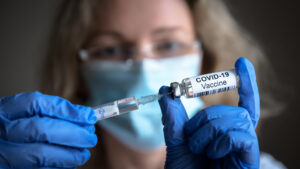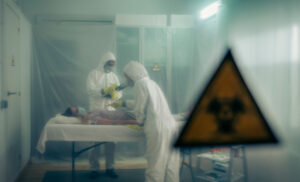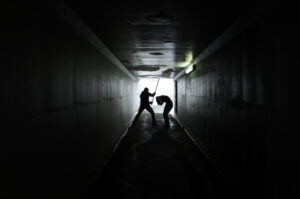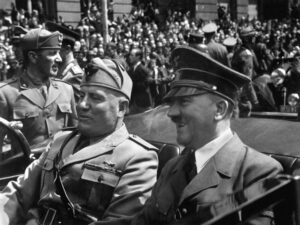Spend billions of dollars, utilize the cutting-edge design and engineering capabilities of the world’s most technologically advanced nation and what have you got? For NASA (the USAS National Aeronautics and Space Administration) the answer was a snappy acronym – STS.
The Space Transportation System has at its heart the iconic space shuttles – reusable craft used for orbital flight that became operational in the early 1980s. Things had gone quiet for NASA after America won the race to the moon back in 1969, and the STS program revived public interest and showed arch-rival Russia that old-fashioned rocketry wasn’t the only route to the stars.
The STS consists of three main elements. The shuttle is the reusable orbiter vehicle (OV), propelled into space with the help of an external fuel tank (ET) and two reusable solid rocket boosters (SRBs). This incredibly sophisticated system has many thousands of components. Among the least expensive are 0-ring seals on the SRBs. Engineers had warned that these might fail if the external temperature was too low, but each launch was a major event that had to take place within a relatively short time window.
There were several delays to the launch caused by problems like unsuitable weather conditions or minor equipment failures. It was unusually cold on the morning of January 28 and ice had formed on Challengers gantry, but NASA was desperate to get the mission away and decided to go ahead. It took just 73 seconds from launch to dramatically demonstrate how disastrous the decision to ignore chill conditions had been. The weakened O-ring on the right-hand rocket booster failed. A plume of flame scorched outwards, setting in motion a train of events that swiftly destroyed Challenger and took the lives of the seven crew, including ‘people’s astronaut’ Christa McAuliffe.
When: January 28 1986
Where: Above the Atlantic off Cape Canaveral, Florida
Death toll: Seven
You should know: A stroke of bad luck contributed to the Challenger disaster. One feasible launch in warmer weather, on January 26, was postponed because Vice President George Bush wanted to stop off at the Kennedy Space Center and watch the launch on the following day, en route to Honduras. Ironically that launch, too, was postponed.






















